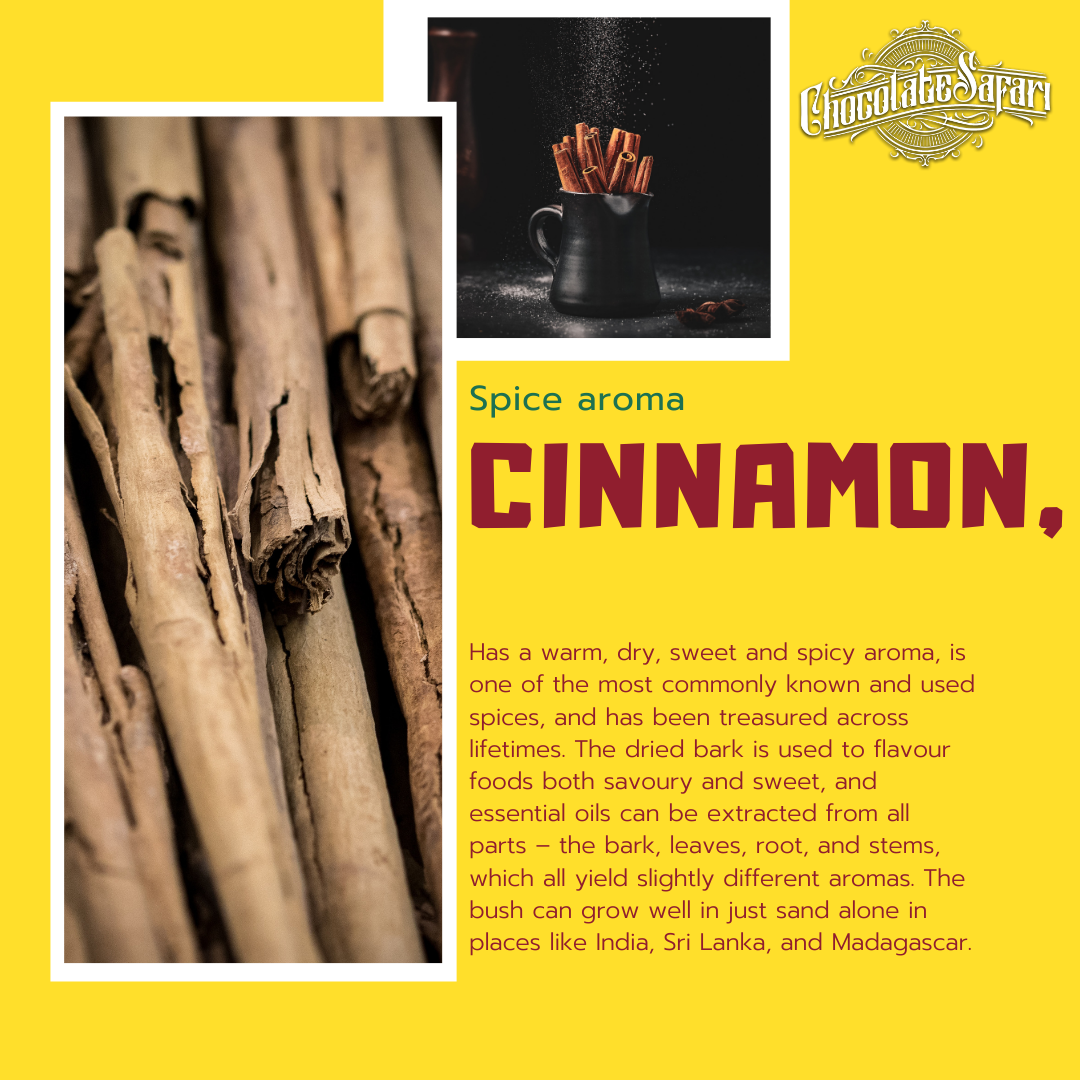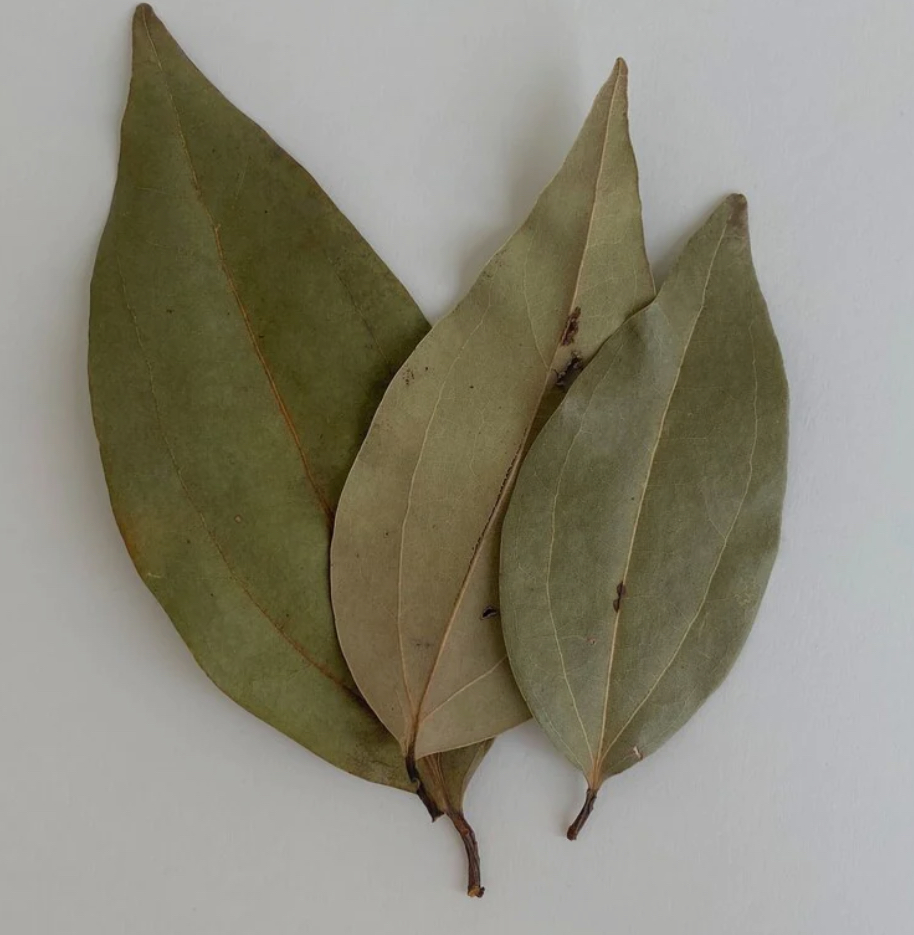

Let’s embark on a flavourful journey to uncover the lesser-known aspects of this versatile spice.
Origins and History
Cinnamon’s history stretches back to ancient Egypt, where it was more valuable than gold. Initially, it was primarily the bark of the tree that captured attention, but the leaves have quietly played their own significant role in the spice's story.
Cinnamon Leaves: A Hidden Treasure
The leaves of the cinnamon tree are often overlooked, but they offer an array of benefits. Their flavour profile is subtly sweet with a hint of spice, making them an intriguing addition to a variety of dishes.
Beyond their culinary uses, cinnamon leaves are also valued for their medicinal properties, including their potential to soothe digestive issues and alleviate stress.
Cooking with Cinnamon Leaves
Enhancing Dishes:
Soups and Stews: Add a few cinnamon leaves to your next pot of soup or stew for a nuanced flavour that complements the other ingredients.
Curries and Braised Meats: The leaves can infuse a unique, aromatic depth into curries and slow-cooked meats, making them a versatile addition to your spice rack.
Bay Leaf Alternative: Use cinnamon leaves as a fragrant alternative to bay leaves, adding a touch of sweetness and spice to your recipes.
Tea Time:
Calming Tea: Brew a soothing tea by steeping fresh or dried cinnamon leaves in hot water.
This tea is particularly helpful for easing an upset stomach and can be enjoyed plain or with additions like honey, lemon, or other spices.
Essential Oil Elegance
Cinnamon leaf oil is a wonderful addition to aromatherapy, offering a warm and uplifting aroma that can help alleviate stress and boost mood. It can also be incorporated into lotions, soaps, and other beauty products, providing a soothing effect on the skin.
Crafting Cinnamon Leaf Oil:
Ingredients:
250g of fresh or dried cinnamon leaves
Carrier oil (such as olive oil or sweet almond oil)
A clean, airtight glass jar with a lid
A small saucepan
Method:
Wash and air-dry the cinnamon leaves.
Place the leaves in the glass jar.
Pour enough carrier oil over the leaves to completely submerge them.
Seal the jar tightly.
Let the mixture infuse in a cool, dark place for at least two weeks, shaking gently every few days.
After two weeks, strain the oil through a fine mesh strainer or cheesecloth into a clean bowl or jar.
Transfer the strained oil back into the original jar or a new container with a tight-fitting lid.
For a more intense aroma, you can repeat the infusion process with fresh leaves.
Spice Up Your Life
Cinnamon Leaf Powder:
Grind dried cinnamon leaves into a fine powder to add a unique flavour to baked goods, breakfast cereals, or smoothies.
This powder provides a subtle twist that distinguishes your culinary creations.
In summary, while cinnamon’s bark may be its most famous aspect, the leaves are a hidden gem with a wealth of uses.
From enhancing your cooking to creating a bespoke essential oil, cinnamon leaves add a special touch to your kitchen and home.
So, dive into the world of cinnamon leaves and explore their diverse possibilities!
Happy cooking and experimenting, David!
